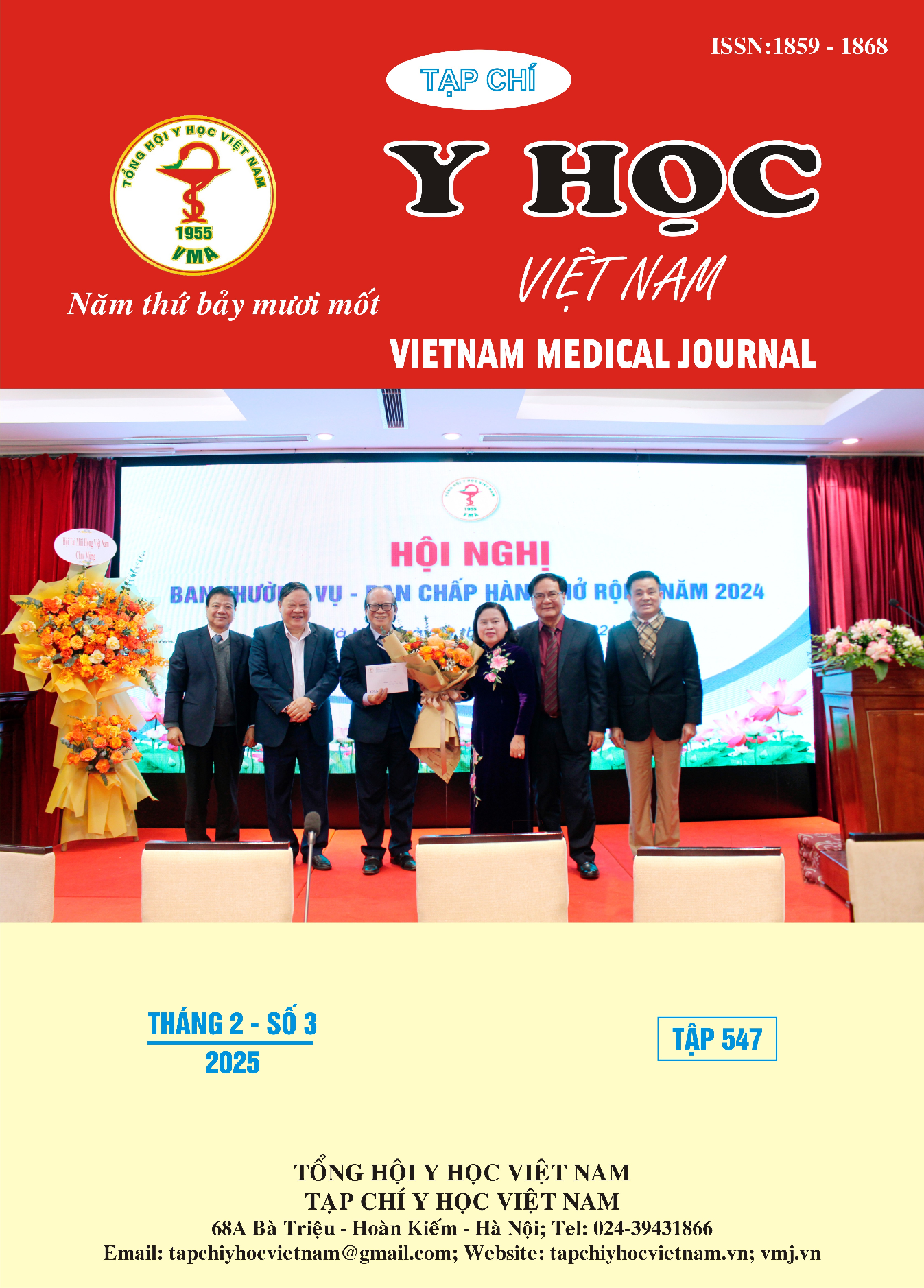SUPERIOR SHOULDER SUSPENSORY COMPLEX INJURY: A CASE REPORT AND REVIEW OF LITERATURE
Main Article Content
Abstract
Introduction: Superior shoulder suspensory complex (SSSC) is a rare injury which affects 3 or more structure of shoulder ring. This paper aims to report the patient who suffered from this challenging injury and a review of literatures which had similar disruption. Case: A 41-year-old male who sustained left shoulder injuries, which consisted of mid-shaft clavicular fracture, scapular glenoid fracture, acromioclavicular joint dislocation after a falling-down. He was treated with clavicle and glenoid fixation and acromioclavicular joint stabilization by K-wires and cerclage. Conclusion: Superior shoulder suspensory complex is an extremely rare injury that is caused by high-energy trauma. This injury is often associated with other injuries. Good preoperative planning and proper surgical fixations are crucial for a satisfactory outcome of shoulder joint function.
Article Details
Keywords
superior shoulder suspensory complex
References
2. Mulawka B, Jacobson AR, Schroder LK, Cole PA: Triple and quadruple disruptions of the superior shoulder suspensory complex. J Orthop Trauma. 2015 Jun;29(6):264-70.
3. Ogawa K, Matsumura N, Ikegami H: Coracoid fractures: therapeutic strategy and surgical outcomes. J Trauma Acute Care Surg. 2012 Feb;72(2):E20-6.
4. Lecoq C, Marck G, Curvale G, Groulier P: Triple fracture of the superior shoulder suspensory complex. Acta Orthop Belg. 2001 Feb;67(1):68-72. French
5. M. Oshima, Ny, T. Mondori: Complex injury patterns of the shoulder girdle-three or four-site injury; Shoulder Joint, 27 (2003), pp. 555-559.
6. J. Yang, J. Zhang, G. Xu, Z. Yang: Quadruple disruptions of the superior shoulder suspensory complex misdiagnosed as triple disruptions: a case report Asian J Surg. Jan, 45 (1) (2022), pp. 512-513.


